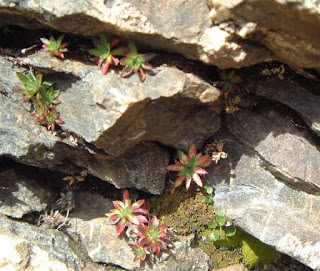However, you can’t expect a perfect service for these prices- so what’s lacking? Well, the carriage windows are usually grubby so you don’t get a good view out. This is perhaps a minor point, except if you don’t know the line. On the return journey, with completely opaque windows in the whole carriage, we couldn’t see the station names to identify when we would arrive at our little station. We plumped for dead reckoning, and got off the train when it stopped at 18:23, its scheduled time for our station. Sigh of relief, it is Arona!
Milan has a fabulous cathedral, faced in white marble, dating from 1386 but only finished in 1805 to 1809 by order of Napoleon. Josephine was keen on marble.

The interior is equally sumptuous with marble patterned floors and rich stained glass windows. San Carlo Borromeo’s tomb is here also, he of big statue fame described in a previous blog. The space inside is enormous and exceeds St Paul’s in London. Our camera isn’t really happy in low light, but the photo will give an idea of the lovely stained glass

The external carvings are of exceptional quality. This one is instantly recognisable as David and Goliath. Ambitious lad, David, always looking to get a head.

This is the Galleria, between the cathedral and La Scala, all exclusive shops and restaurants, and excellent for poser-watching. We bought two overpriced but enormous gelati (ice creams) around the corner from the Galleria. The vendor kept piling the ice cream on top of the small cones. I’d eaten half of mine when the head of the cone fell off, obviously not structurally up to the mega weight of the ice cream and vigourous licking, and Jane simply couldn’t finish hers, so half the quantity at half the price would have suited us much better.

With ice cream remains in the bin, we visited La Scala, the most famous opera house in the world. La Scala itself isn’t open apart from for performances, but the museum is. It is full of memorabilia of operas and opera performers going back to the opening in 1778. Visitors are also allowed to look into the auditorium from several of the theatre boxes that connect with the museum. This was the undoubted highlight, looking in on that famous theatre with its’ 3,000 seats, especially so because a rehearsal for Carmen was taking place. We stayed much longer than permitted and a curator did ask us to move on eventually on the very reasonable basis that you should be paying around €100 to watch an opera and not €4 museum entrance charge. However, no photography allowed, so it’s only a snap of an outside poster as a memento of our visit.















































